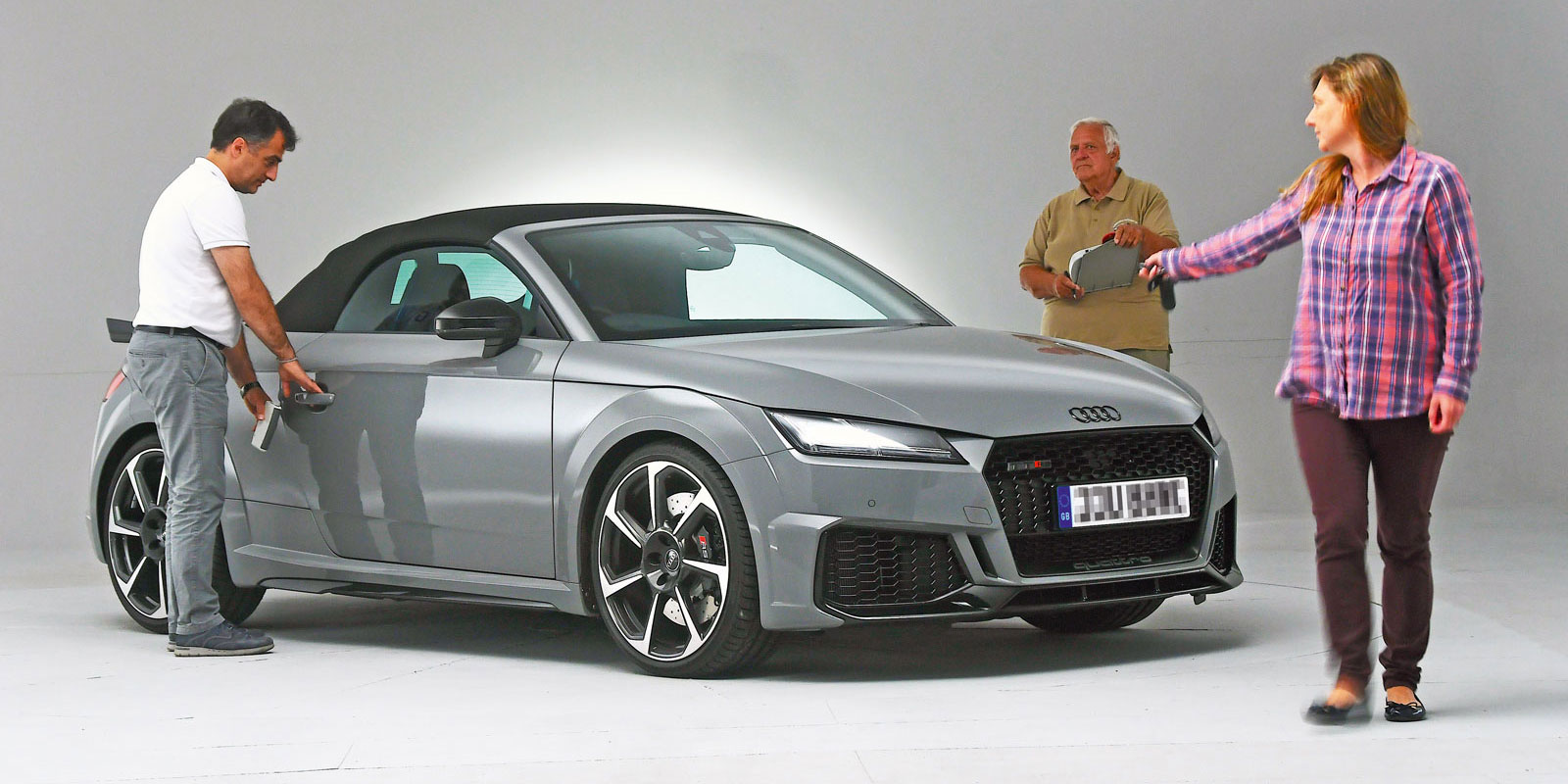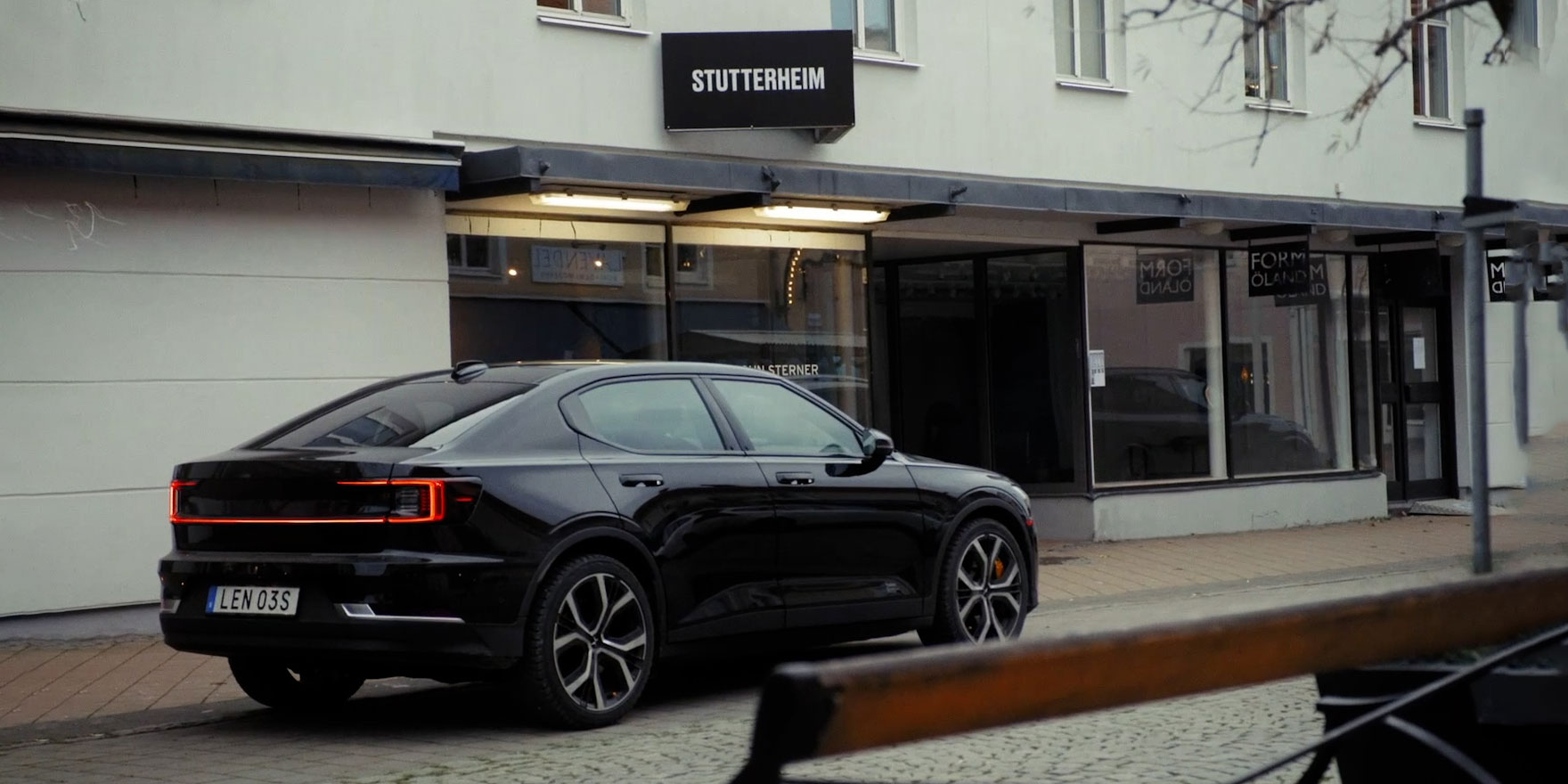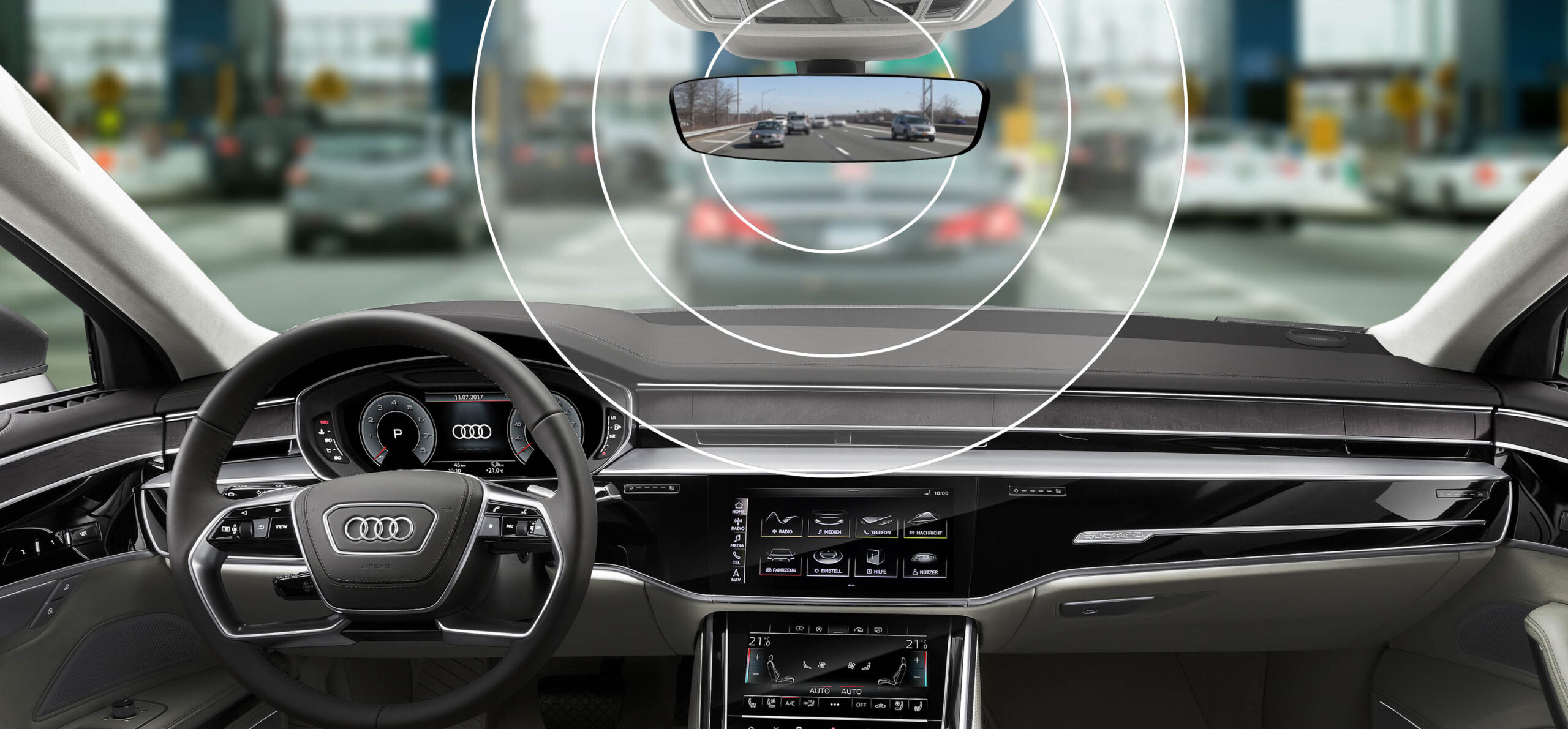Volkswagen celebrates 45 years of Golf
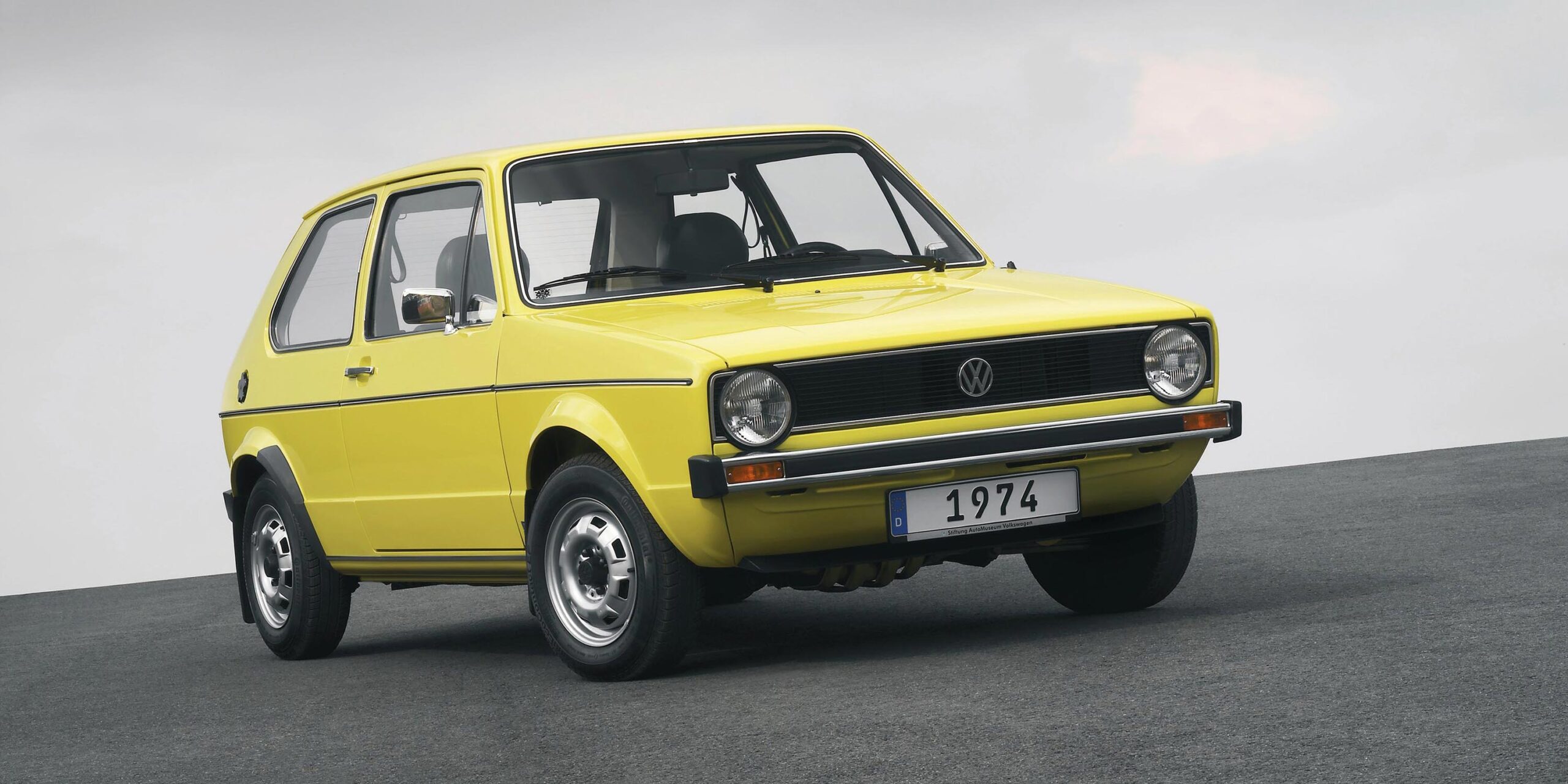
ON MARCH 29, 1974, VOLKSWAGEN STARTED PRODUCTION OF THE ICONIC GOLF
- Since 1974, a new Golf has been ordered every 41 seconds
- With 35 million units sold worldwide, Golf is the best-selling Volkswagen
- Production of the Golf I started at the Wolfsburg plant – the Golf is now produced at five plants in Germany, Brazil, China and Mexico, and is exported to 155 countries
- First sold in the U.S. in December 1974
Herndon, VA (March, 29, 2019) — On March 29, 1974, the Volkswagen plant in Wolfsburg officially started production of the Golf. Back then, no one had any idea that the successor to the legendary Beetle would end up selling more than 35 million units through seven generations. That means that a new Golf has been ordered somewhere in the world every 41 seconds, every day, without interruption, since the start of production 45 years ago. That is an average of around 780,000 vehicles per year.
In the U.S., more than 2.6 million Golf family models have been sold since 1974. The Golf has earned a spot on Car and Driver’s 10Best list for the last 13 years in a row, and the current-generation Mk 7 Golf was named North American Car of the Year when it debuted for the 2015 model year.
For 2019, the Golf is available in two trims—S and SE. Both are powered by a 1.4T, 147 horsepower engine paired with either a six-speed manual or an eight-speed automatic transmission. Every Golf model features standard Volkswagen Car-Net® App-Connect, Forward Collision Warning and Autonomous Emergency Braking with Pedestrian Monitoring (Front Assist), Blind Spot Monitor, and Rear Traffic Alert.
SE models offer standard leatherette seating surfaces, heated seats, KESSY® keyless access and push-button start, 8-inch Composition Media infotainment display, and Car-Net Security & Service. A Driver Assistance package is optional, and includes Adaptive Cruise Control (ACC), Lane Keeping System, (Lane Assist), High Beam Control (Light Assist), auto-dimming rearview mirror, and 17-inch aluminum-alloy wheels.
Pricing for the 2019 Volkswagen Golf S with a standard six-speed manual transmission starts at $21,845. The Golf S with eight-speed automatic transmission starts at $22,945. The destination charge for all Golf models is an additional $895.
SEVEN GENERATIONS OF GOLF (US MODEL YEARS)
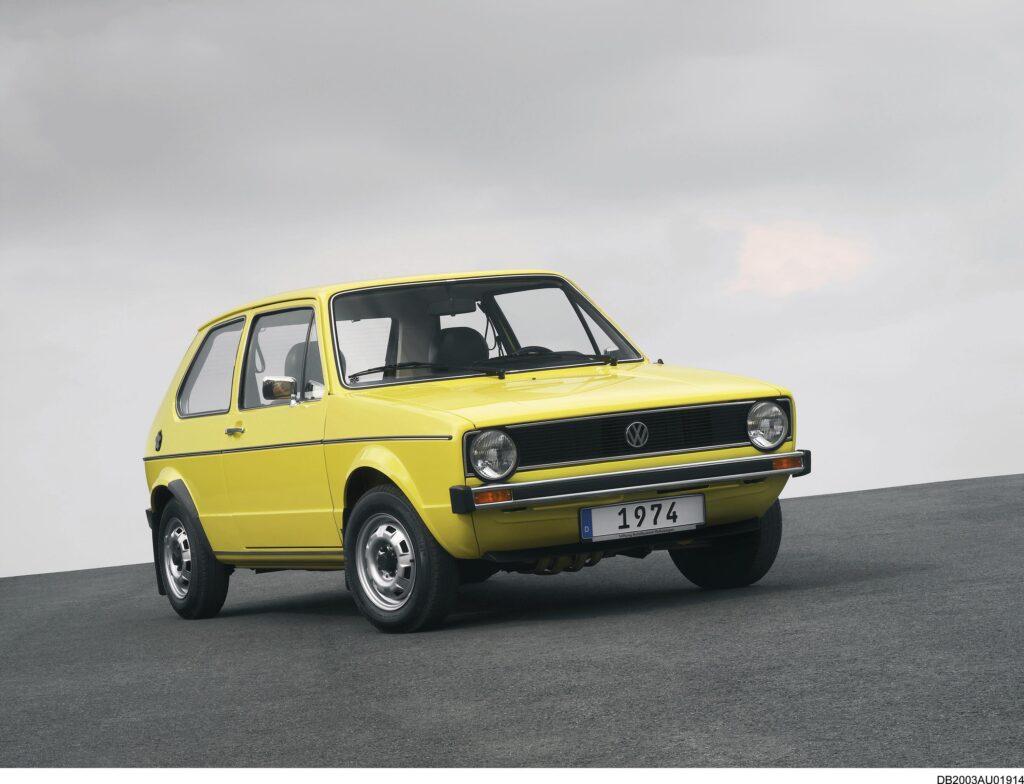
GOLF I: MODEL YEARS 1975-1984
- 1.5-liter engine with 70 hp
- First sold in December 1974 as “Rabbit”
- GTI introduced in 1983 with 1.8-liter 90 hp engine
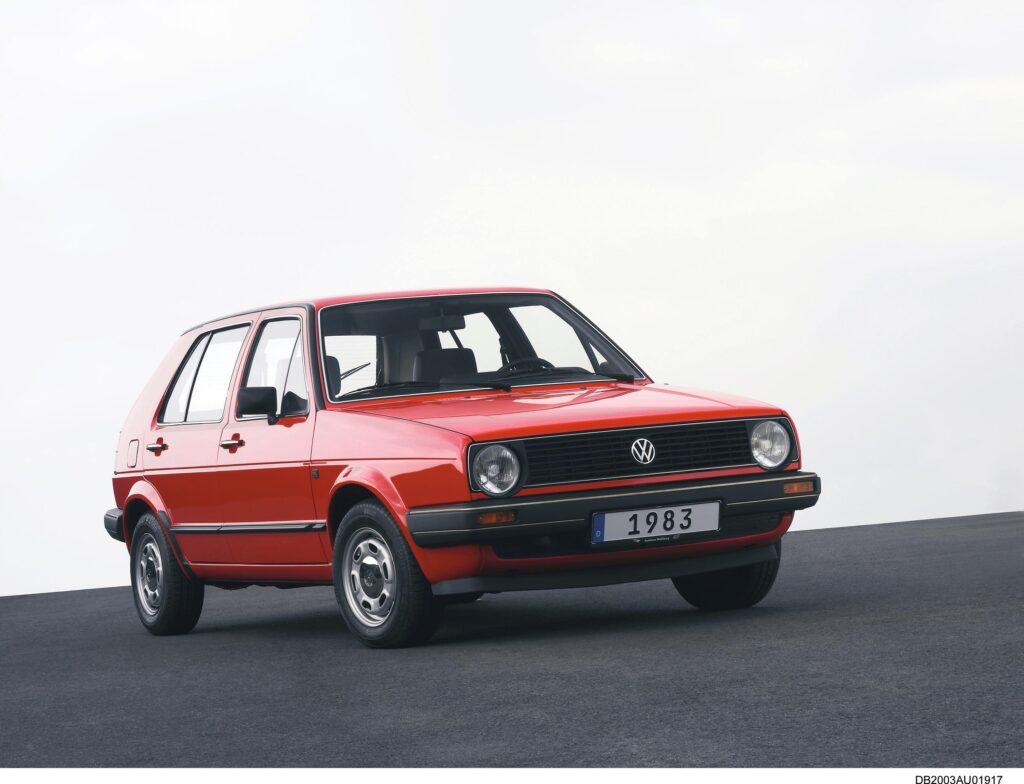
GOLF II: MODEL YEARS 1985-1992
- Sold as “Golf”
- Dimensions grow by nearly 7 inches in length, 3 inches in wheelbase, and 2 inches in width
- Standard engine is revised 1.8-liter with 85 hp, GTI introduces 2.0-liter engine with 131 hp
- Catalytic converter, anti-lock braking system and power steering debut
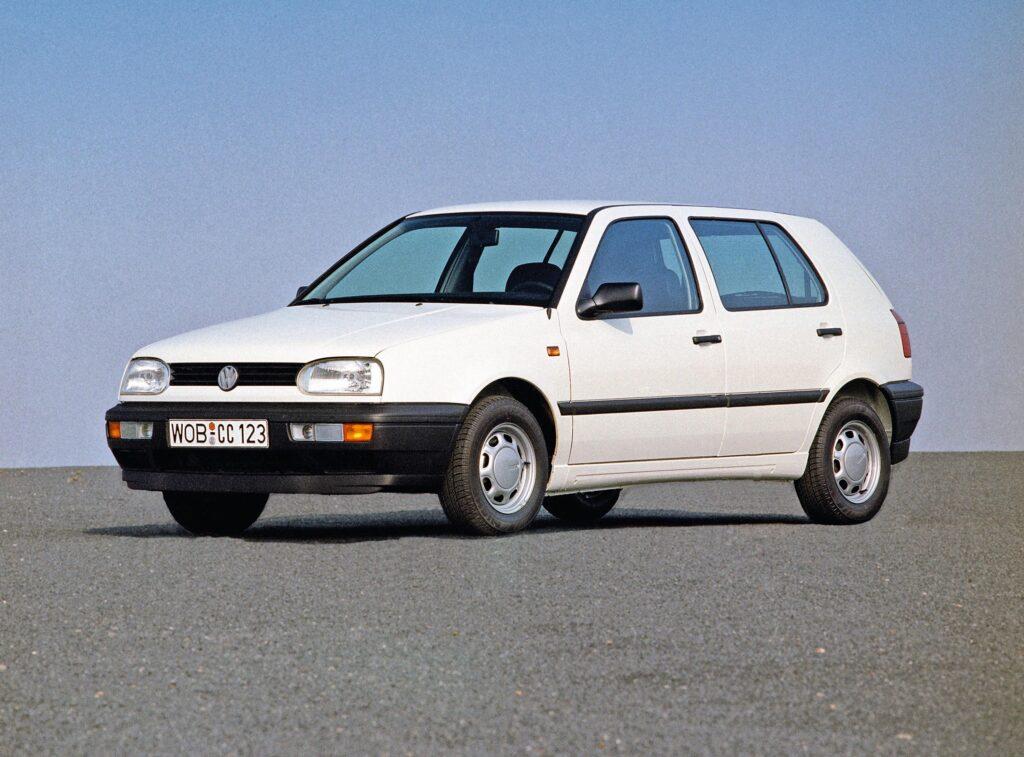
GOLF III: MODEL YEARS 1993-1999
- Design shifts to wedge shape
- Base powertrain is 2.0-liter with 115 hp, GTI moves to 2.8-liter VR6 with 172 hp
- Front and side airbags debut, advances in body construction result in improved crash safety
- VR6® engine, Ecomatic transmission, and cruise control offered for the first time
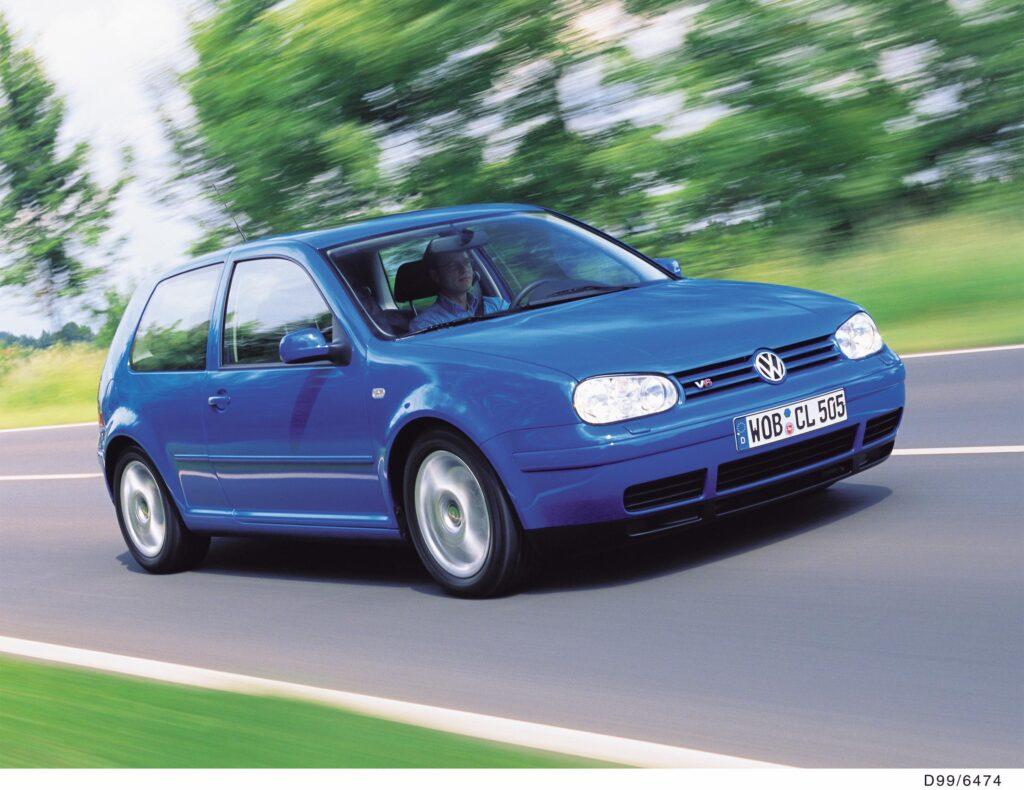
GOLF IV: MODEL YEARS 1999-2005
- All-new design with flatter windshield, and roofline carried further back with steeper rear window
- Electronic stability control, side curtain airbags, 4Motion® all-wheel drive, DSG® dual-clutch automatic transmission, and navigation debut
- R32 introduced for 2004
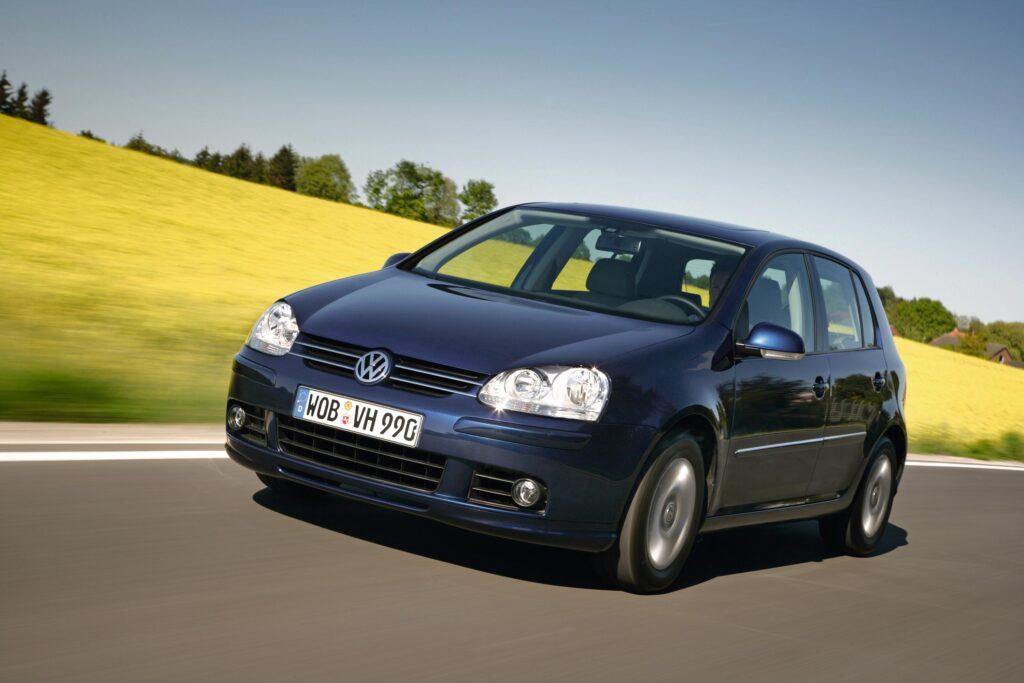
GOLF V: MODEL YEARS 2006-2009
- New multi-link rear suspension; Bi-Xenon® headlights, rain-sensing wipers introduced
- Sold as “Rabbit” again
- Base engine is 150 hp 2.5-liter, GTI moves to 200 hp 2.0-liter turbocharged direct-injection engine
- R32 reintroduced for 2008 with 250 hp
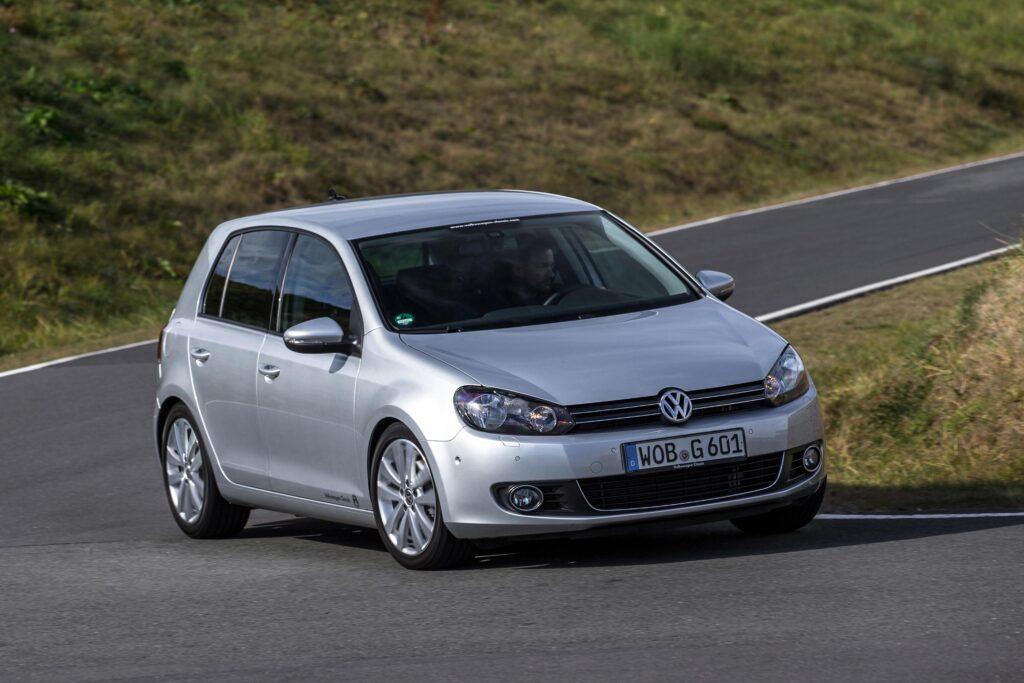
GOLF VI: MODEL YEARS 2010-2014
- “Golf” name returns
- Prominent character line runs from headlights to taillights
- Base powertrain is 2.5-liter with 170 hp
- Golf R introduced for 2012 with 256 hp
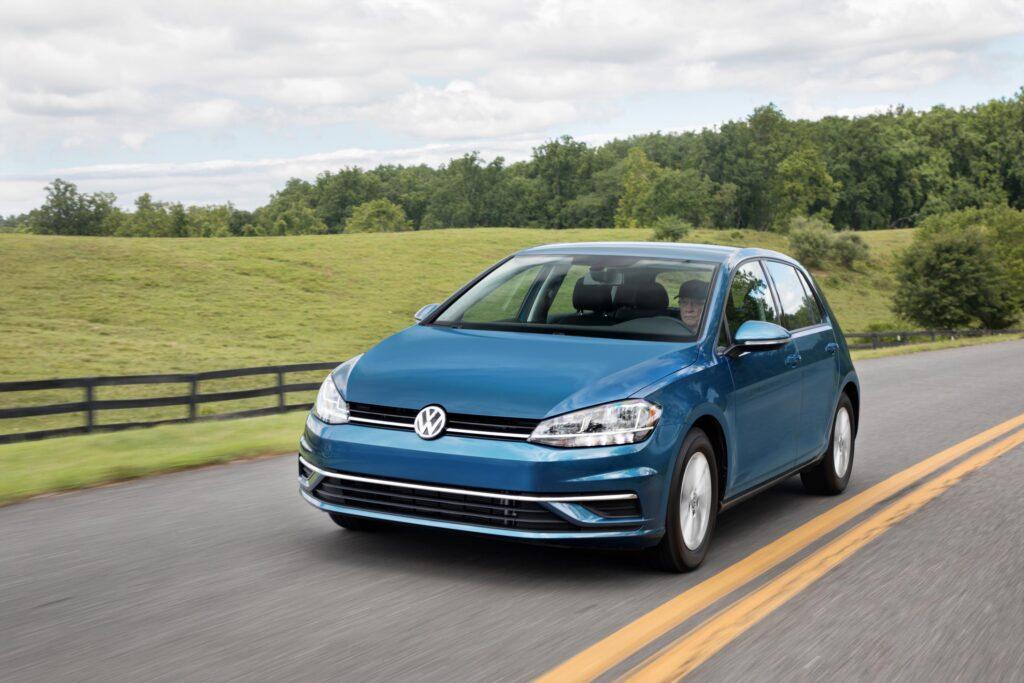
GOLF VII: MODEL YEARS 2015-2019
- Based on Modular Transverse Matrix (MQB) architecture
- Golf grows in size yet drops in weight, despite a plethora of new and upscale features
- Base 1.8-liter 170 hp engine replaces 2.5-liter to gain an EPA-estimated 6 mpg highway
- Available driver-assistance technology includes Automatic Post-Collision Braking System, Forward Collision Warning, Park Distance Control
